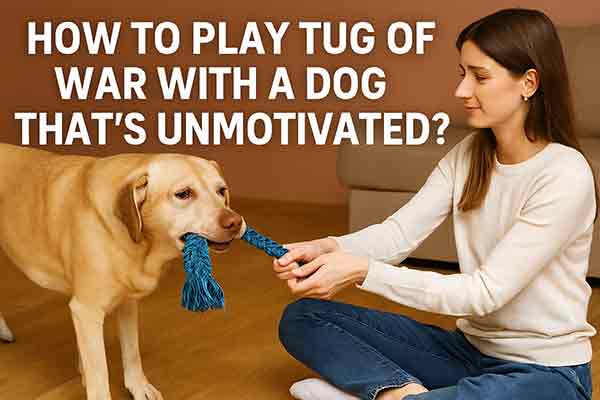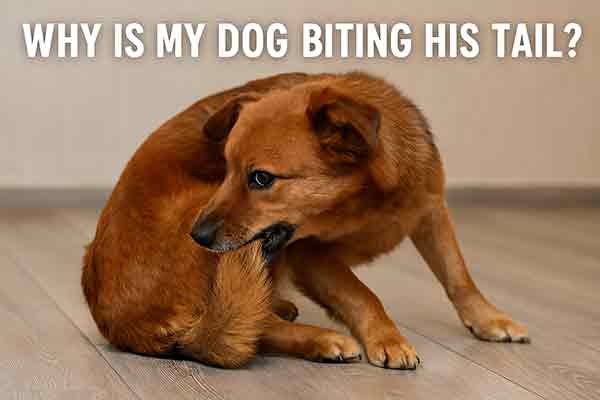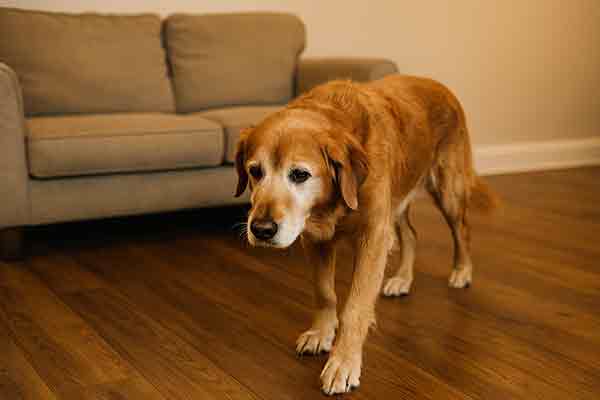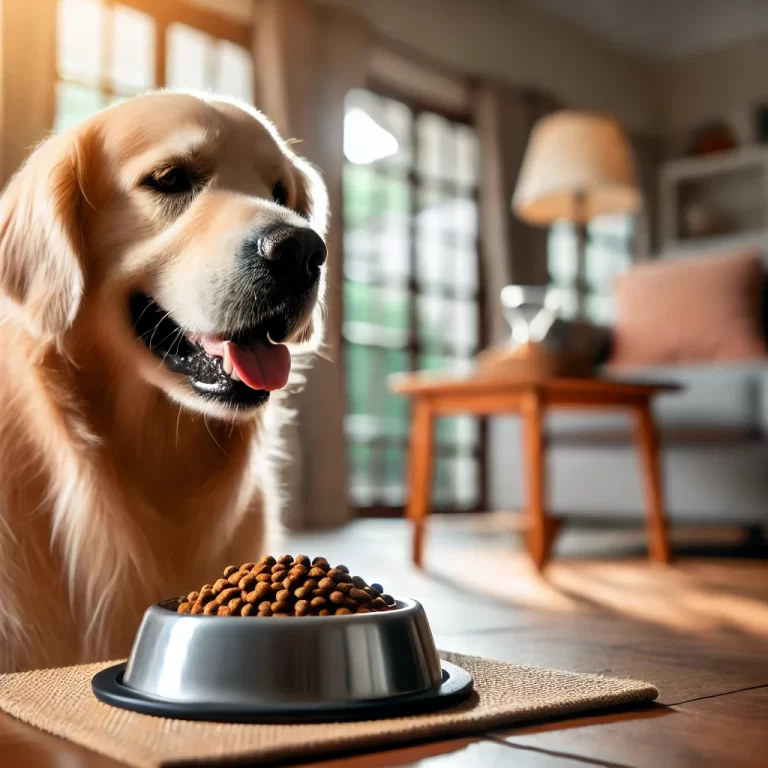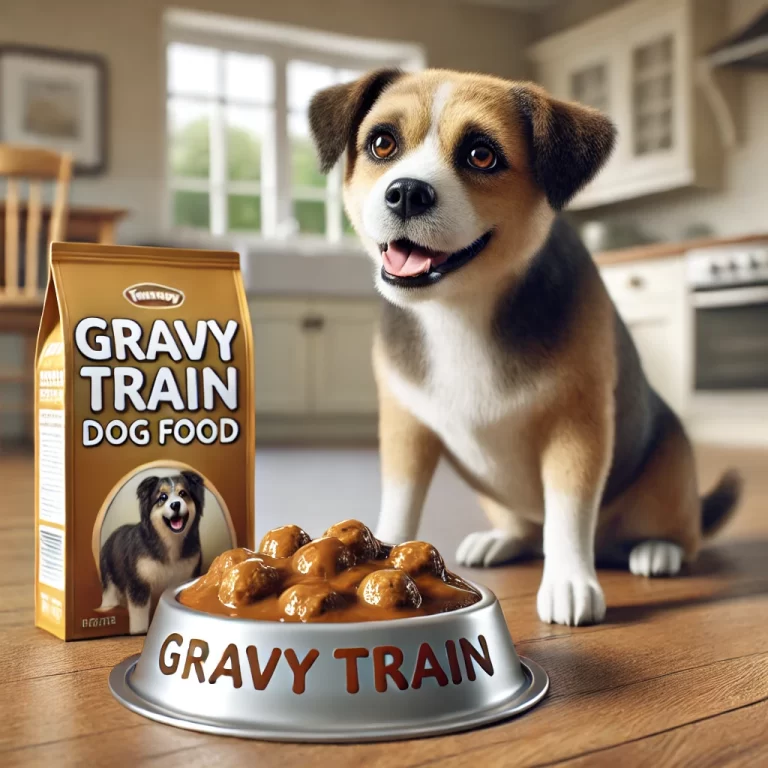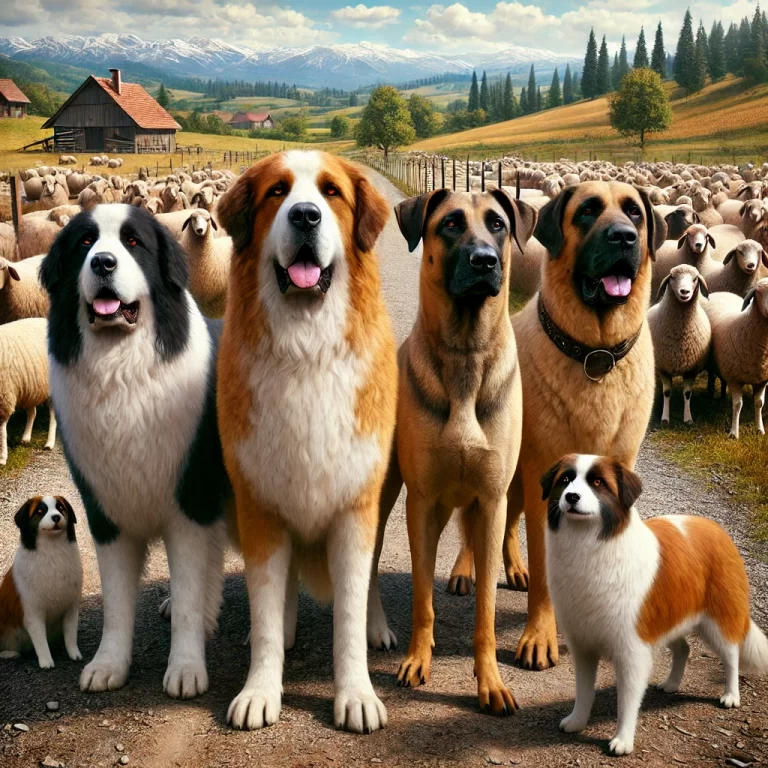How to Play Tug of War with a Dog That’s Unmotivated
Table of Contents
- Introduction
- Why Tug of War Is Beneficial for Dogs
- Understanding Your Dog’s Disinterest
- Choosing the Right Tug Toy
- Creating Initial Engagement
- Turning It Into a Game
- Using Voice and Energy to Motivate
- Timing and Consistency
- Training Techniques to Spark Interest
- What Not to Do During Tug of War
- FAQ
- Conclusion
Introduction
Playing tug of war with your dog can be an exciting and bonding activity—but what if your dog doesn’t seem interested? If you’re wondering how to play tug of war with a dog that’s unmotivated, you’re not alone. Many dog owners experience this and don’t know where to start. This guide will explore the psychology behind play, how to choose the right toy, techniques for building interest, and how to ensure your dog engages safely and joyfully.
Why Tug of War Is Beneficial for Dogs
Tug of war is more than just fun—it also provides several physical and mental benefits for your dog:
- Physical exercise: Tug helps burn energy, build muscle, and improve coordination.
- Mental stimulation: The game encourages focus, strategy, and interactive engagement.
- Training reinforcement: You can teach impulse control, commands like “drop it,” and structured play rules.
- Bonding: Playing together strengthens the bond between you and your dog.
Understanding Your Dog’s Disinterest
Not all dogs are instantly excited by tug. There could be several reasons why your dog is unmotivated:
- Personality: Some dogs are naturally more laid-back or uninterested in tug-based games.
- Age or health: Older dogs or dogs with joint issues may avoid high-energy games.
- Past experiences: Dogs who weren’t introduced to toys as puppies may be confused or disinterested.
- Low drive: Your dog may need more enticing triggers to spark motivation.
Choosing the Right Tug Toy
Your toy selection plays a huge role in engagement. Choose a toy that’s:
- Soft but durable: Dogs don’t like toys that are too hard or too floppy.
- Appropriate size: Make sure the toy fits comfortably in your dog’s mouth.
- Interactive: Ropes, fleece tugs, or rubber toys with squeakers can grab attention.
Sometimes, a toy with your scent or one used exclusively for tug can create special interest.
Creating Initial Engagement
Here’s how to entice a disinterested dog to engage with a tug toy:
- Drag it around: Move the toy like prey to spark your dog’s natural chase instincts.
- Play keep-away: Act like the toy is precious—it makes dogs curious and eager to get it.
- Use treats: Reward any interest in the toy, even just sniffing or touching it.
Turning It Into a Game
Once your dog shows interest, make it feel like a real game:
- Use short, energetic movements to simulate excitement.
- Celebrate their engagement with happy praise and high-pitched tones.
- Make it interactive—don’t just hold the toy; respond to their movements.
Using Voice and Energy to Motivate
Your dog feeds off your energy. Speak in an upbeat tone, move quickly and playfully, and get low to the ground to become more approachable. Laugh, cheer, and use words your dog recognizes as exciting (e.g., “let’s play!”).
Timing and Consistency
Don’t expect instant results. Short, frequent sessions (5–10 minutes) a few times a day can help build the habit. Be patient and keep things fun—not forced. If your dog loses interest, take a break and try again later.
Training Techniques to Spark Interest
Try these simple training techniques:
- Mark and reward: Clicker training or a verbal marker like “yes!” can reinforce toy interaction.
- Shaping behavior: Reward progressively closer interactions with the toy.
- Pair with commands: Use commands like “get it,” “tug,” and “drop it” to create a routine.
What Not to Do During Tug of War
- Don’t force the game: Forcing play can make your dog anxious or more resistant.
- Don’t scold for disinterest: Dogs need encouragement, not punishment.
- Don’t overdo it: Especially with puppies or older dogs, excessive tugging can strain joints or teeth.
FAQ
Is tug of war safe for all dogs?
Yes, when played properly. Use soft toys, avoid jerking motions, and supervise closely. Puppies, senior dogs, or dogs with dental issues may need modifications.
Can playing tug make my dog aggressive?
No—tug of war does not cause aggression when boundaries are respected. In fact, it can teach impulse control and build trust.
What if my dog loses interest mid-game?
End the game on a positive note with a treat or praise. Try again later with a new toy or different strategy.
How do I teach my dog to release the toy?
Use the “drop it” command paired with treats. Practice during calm moments first, then incorporate into play gradually.
How often should I play tug of war?
2–3 short sessions per day is ideal for most dogs. Adjust frequency based on age, health, and interest level.
Conclusion
If you’re struggling to figure out how to play tug of war with a dog that’s unmotivated, don’t give up. With the right toy, positive reinforcement, and consistent effort, most dogs can learn to enjoy the game—even if they weren’t born tug champions. Remember to make it fun, go at your dog’s pace, and celebrate small victories. Tug of war isn’t just a game—it’s a gateway to a stronger bond and a more confident dog.
Want more training tips and dog play ideas? Explore our full blog for expert advice on creating a happy, healthy, and engaged dog.

